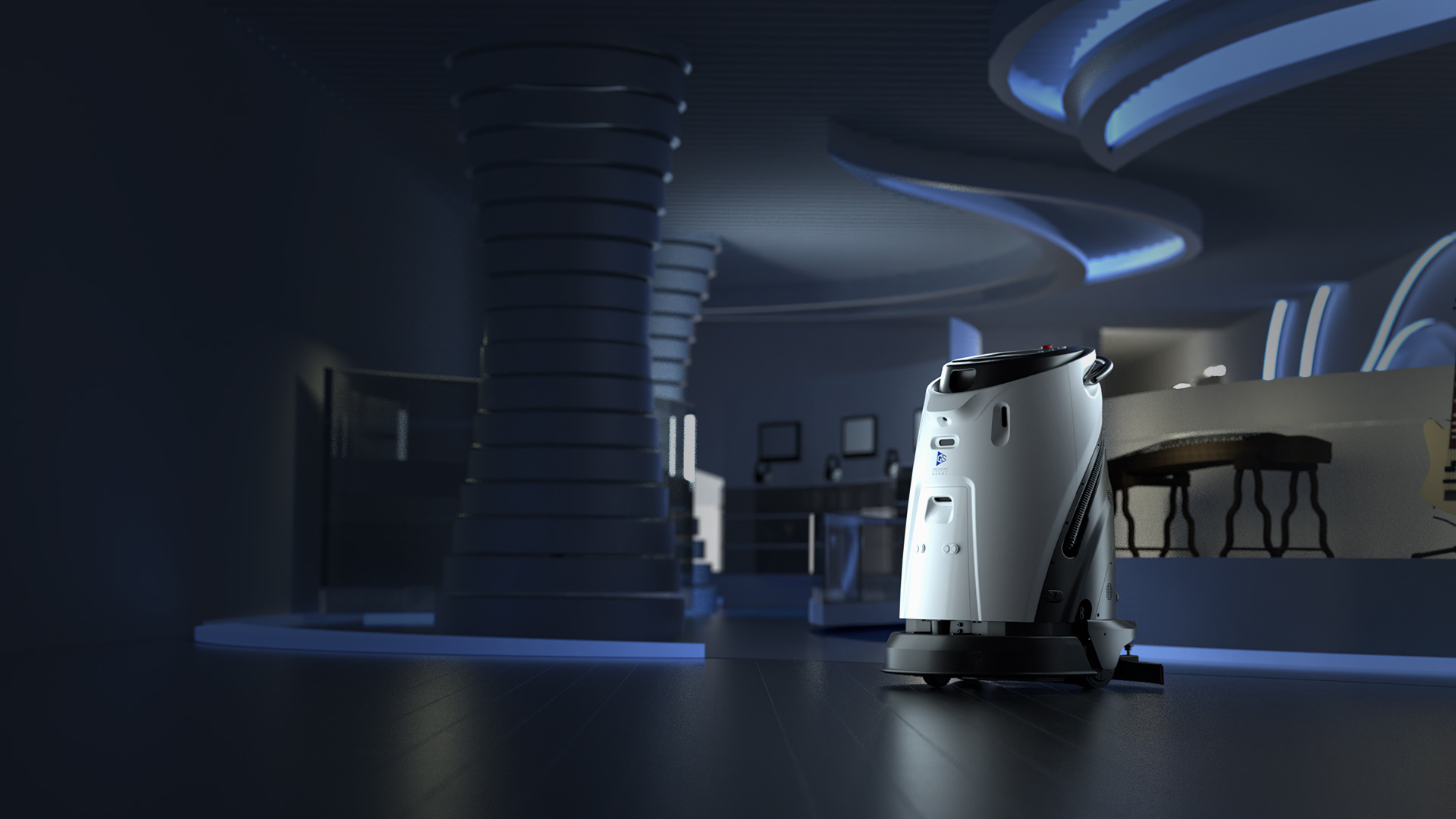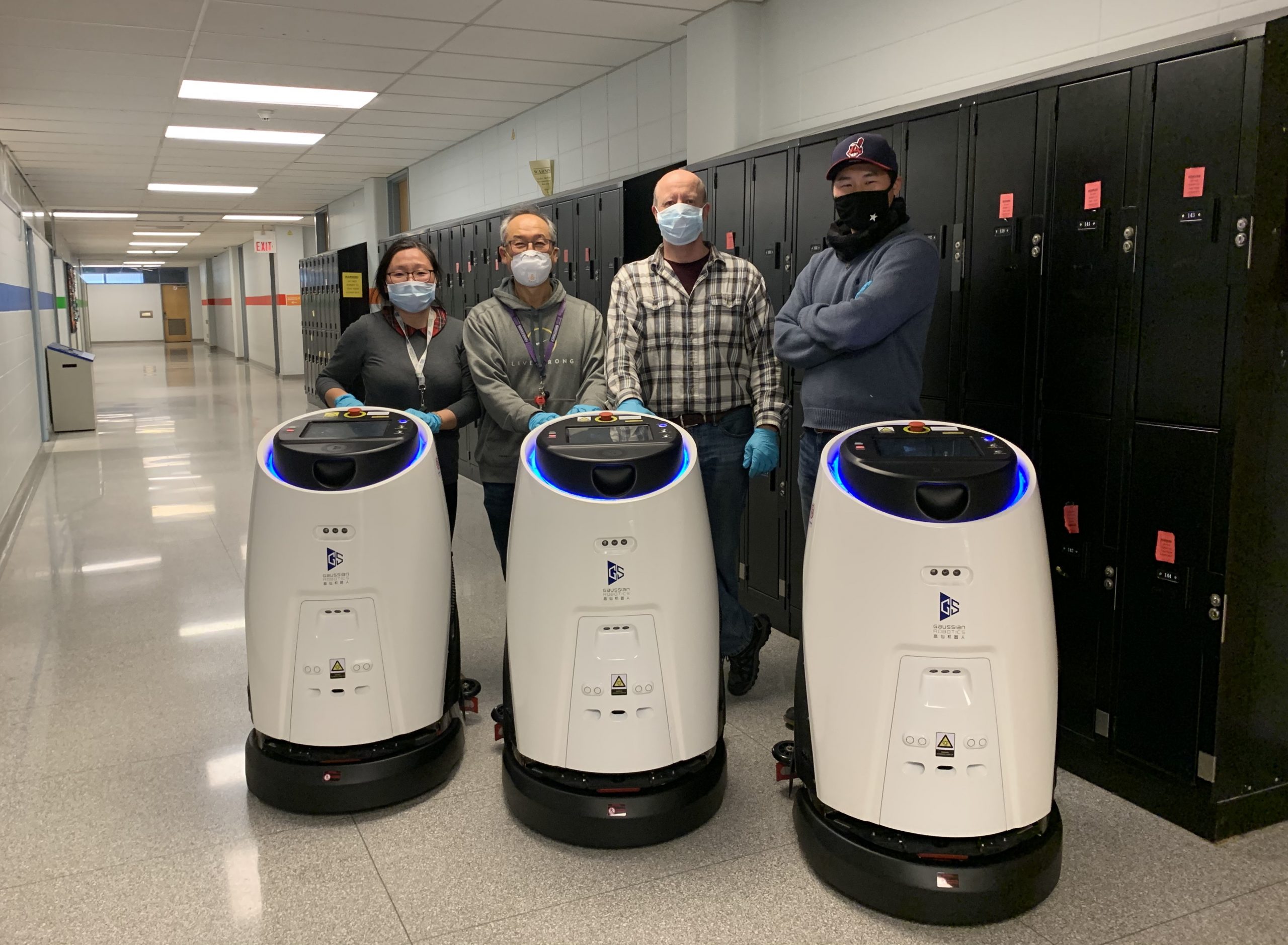August 8, 2024
True AI Cleaning Machines vs. Semi-AI Cleaning Machines: Understanding the Differences
In the current day and age, cleaning technology has advanced with many Robotic cleaning machines being adopted to maintain hygiene in various settings, from malls, offices, warehouses and hospitals. Two prominent types of these cutting-edge machines are a True AI cleaning machines and semi-AI cleaning machines. While both leverage the power of AI to enhance cleaning efficiency, there are distinct differences between them. Understanding these differences can help businesses and individuals make informed decisions about which type best suits their needs.
AI cleaning machines represent the pinnacle of modern cleaning technology. These fully autonomous devices are equipped with advanced AI software in the system that enable them to perform complex tasks with minimal human intervention. Here are some key features:
1. Autonomy: AI cleaning machines can navigate and clean spaces independently. They use sensors and cameras to map their environment, avoid obstacles, and identify areas that require cleaning. This autonomy allows them to operate without constant supervision. They can also reroute itself to another path if the path is blocked or unavailable.
2. Connectivity: These machines does not require Wi-Fi or a data connection to work. An AI machine is able to perform their task based on what it was programmed in their system. Data and Wi-Fi is only needed to send reports, collect data on usage or remote troubleshooting when needed.
3. Advanced Scheduling: AI cleaning machines can be programmed to clean at specific times, ensuring the cleaning operations do not interfere with a cleaner’s daily activities. They can also adjust their schedules based on real-time data, such as occupancy levels and specific cleaning requirements. These robotic cleaning machines can be used anytime of the day without any human intervention.
4. Precision and Consistency: Equipped with precise sensors and algorithms, AI cleaning machines deliver consistent and thorough cleaning results. They have various settings which can be adjusted to maximize cleaning quality and efficiency.
5. Auto Spot Cleaning: These advanced technologies can detect spills or debris on the floor using their advance sensors to promptly clean up the mess.

Semi-AI cleaning machines, on the other hand, combine traditional cleaning methods with AI-driven features. While they offer some level of automation, they still require human intervention for certain tasks. Key features include:
1. Assisted Navigation: Unlike fully autonomous AI machines, semi-AI cleaning machines may need guidance. They rely on pre-defined routes or require occasional human intervention to navigate complex spaces or when there is an obstacle that maybe preventing from completing their route. Some equipment requires a person to take the machine to designated cleaning area where it needs to scan a particular QR code or RFID to commence cleaning.
2. Basic Learning Capabilities: These machines have limited in adapting to areas compared to fully autonomous AI cleaners. They can remember certain patterns and adapt to a degree, but their ability to optimize and self-improve is not as advanced.
3. Partial Automation: Semi-AI cleaning machines can perform specific tasks autonomously, such as vacuuming or scrubbing but they may not be able to handle complex scenarios where the surroundings keep changing. Human operators might need to oversee or intervene in the cleaning process.
4. Cost-Effectiveness: Generally, semi-AI cleaning machines are more affordable than fully autonomous counterparts, though pricing ultimately depends on the company’s selling strategy. These machines often strike a balance between automation and manual control, with the added capability of being remotely controlled from the company’s office.
5. Limited operation function: These machines are limited and do not possess capabilities to move independently from one cleaning location to another. Many are limited in their memory capacity and are unable to link together areas requiring different cleaning settings.
Choosing the Right Cleaning Machine
The choice between AI cleaning machines and semi-AI cleaning machines depends on various factors, including the complexity of the cleaning environment, budget, and specific cleaning requirements. For facilities with high traffic and complex layouts, fully autonomous AI cleaning machines are ideal due to their advanced capabilities and minimal need for human intervention. Robotic cleaning machines with advance scheduling can be useful to those who have limited staffing and require around the clock cleaning.
Semi-AI cleaning machines are ideal for locations with simple layouts and easy to navigate spaces not requiring multiple cleaning configurations.
In conclusion, both AI cleaning machines and semi-AI cleaning machines bring the advantages of automation and intelligence to the cleaning industry. Understanding their differences helps in selecting the right equipment to achieve optimal cleaning efficiency and maintain a hygienic environment within budgetary requirements. As the technology continues to evolve, the line between AI and semi-AI machines may blur, bringing even more advanced and accessible solutions to various sectors.




